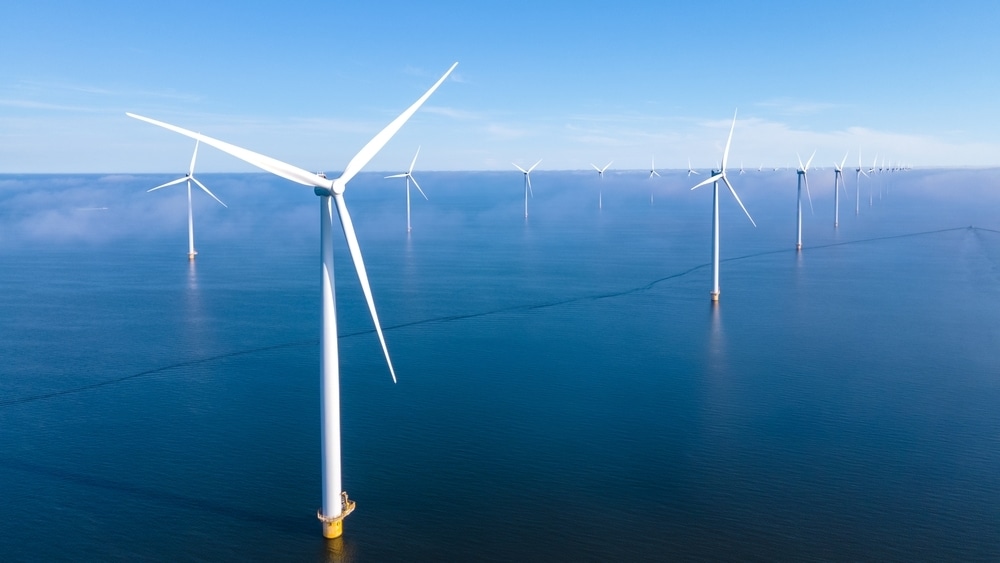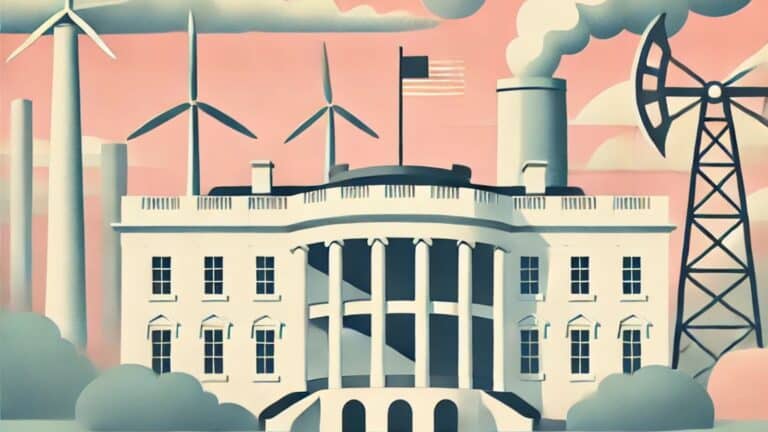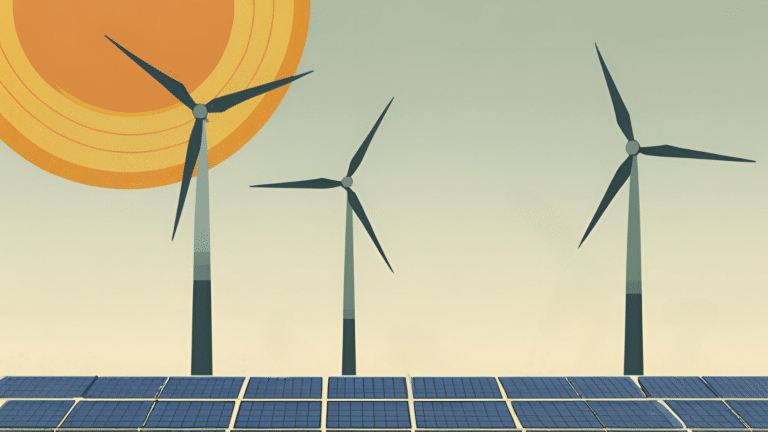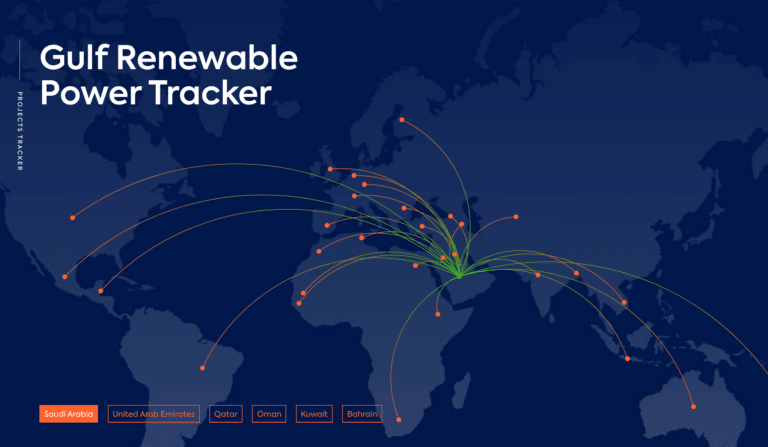New Trump administration greenlights its first Louisiana LNG plant
The agency that granted the permit found in 2024 that approving additional LNG exports could raise natural gas prices for U.S. consumers.
For the latest updates on access to the Morningside campus, visit the Public Safety website. Read more.
Insights from the Center on Global Energy Policy

It’s hard to be an offshore wind optimist these days. Four large offshore wind generation projects have been canceled in the past several weeks,[1] several more are on the ropes,[2] and future offshore wind costs are projected to be more expensive, based on the outlook from the developers.[3] Blame a toxic cocktail of increasing steel costs, higher cost of capital, and the seizing up of global supply chains, all driven by macroeconomic conditions, the pandemic, and a war in Europe.
Yet there are glimmers of hope amid the (admittedly painful) lessons, which may put the next generation of offshore wind developments on a firmer footing. And there will be a next generation—New York recently announced a 4 gigawatt (GW) offshore wind procurement;[4] Connecticut, Rhode Island, and Massachusetts plan to jointly procure 6 GW;[5] and the next round of procurements for up to 4 GW is pending in New Jersey.[6]
First, state regulators made a powerful pro-consumer statement when they declined to renegotiate prices at turbine-point. Allowing developers to “win” a procurement and later renegotiate prices is “fundamentally inconsistent” with ratepayer protection[7] and would undermine the benefits of competition. One of the promises of offshore wind is that the costs are fixed and predictable over a number of years, which helps insulate consumers from volatility in energy markets. Canceling contracts and restarting the bidding process requires project developers to sharpen their pencils and come in at a reasonable price (or risk losing out to competitors). Or, as the chairman of the New York Public Service Commission, Rory Christian, put it, “[w]e signal that ratepayer funds are not an unlimited piggy bank for anyone’s disposal.”[8]
Second, one silver lining of the latest delays is that they may allow states to coordinate planning the reinforcements to the electric grid necessary to accommodate the next generation of offshore wind projects.[9] An important lesson of the past few years is that proactive transmission planning lowers offshore wind costs, accelerates deployment timelines, and decreases environmental impacts.[10] Providing states up and down the Eastern Seaboard the opportunity for these transmission expansion programs to catch up with generation procurement efforts may be an unexpected boon.
Third, much of the work done to develop the canceled projects won’t be wasted. Experience gained in permitting and sitting efforts, geotechnical analysis, cable routes, and other engineering work will continue to inform future projects. Without underestimating the complexities of retooling projects in the complicated regulatory permitting regime that applies to offshore wind, it is fair to expect the next round of permits to be easier and quicker, given that they can build off previous approvals.
Fourth, there’s slow but steady progress in one of the most epically challenging parts of the offshore wind experiment: building a United States–based supply chain. Developers have made significant commitments to getting port facilities ready, identifying Jones Act–compliant vessels, building nacelle and blade facilities, expanding job training efforts, and more. Regulators have learned a lot about what it takes to make these efforts a reality, and these hard lessons won’t be wasted. Future efforts may involve multi-state supply chain agreements or include supply chain commitments that aren’t directly tied to the success of any particular generation project.
Fifth, regulators—and developers—have learned a lot about how to structure effective offshore wind contracts over the past three years. The first-generation wind contracts were written when the world was awash in cheap capital. Future contracts are likely to include enhanced liquidated damages clauses and inflation indexes, which automatically adjust power purchase rates—up or down—as inflation changes. These increasingly sophisticated contracts will help avoid a repeat of the problems that have plagued this round of projects.
These hard-earned lessons are likely to lead to a stronger offshore wind industry in the longer term. However, these treacherous waters have to be carefully navigated. A danger for the offshore wind industry is that it could squander the enormous trust that has been placed in it, with state regulators and politicians looking to other sources of clean energy. The goal for proponents of offshore wind is to take the bitter lessons associated with these project failures and emerge stronger.
[1] Contracts supporting two New Jersey projects, a project in Connecticut, and two projects in Massachusetts, have been canceled. https://www.nytimes.com/2023/11/01/business/energy-environment/offshore-wind-farm-new-jersey.html; https://www.reuters.com/sustainability/why-us-offshore-wind-industry-is-doldrums-2023-09-06/
[2] The New York Public Service Commission recently denied a request from three wind farms to increase power costs by 54%. https://documents.dps.ny.gov/public/MatterManagement/CaseMaster.aspx?MatterSeq=48235&MNO=15-E-0302
[3] https://www.utilitydive.com/news/new-york-clean-energy-contracts-change-prices-orsted-equinor-nyserda-psc/692415/
[4] https://www.governor.ny.gov/news/governor-hochul-announces-nations-largest-ever-state-investment-renewable-energy-moving
[5] https://www.mass.gov/doc/ma-ri-ct-offshore-wind-procurement-collaboration-memorandum-of-understanding/download
[6] https://njoffshorewind.com/third-solicitation/solicitation-documents/
[7] Chair Rory Christian, New York Public Service Commission, https://dps.ny.gov/system/files/documents/2023/10/pr23105.pdf
[8] https://www.politico.com/news/2023/10/12/new-york-rejects-offshore-wind-onshore-renewable-request-for-bigger-payments-00121231
[9] https://www.energypolicy.columbia.edu/an-offshore-wind-super-grid-for-the-east-coast/
[10] “In the Matter of the Second State Agreement Approach for Offshore Wind Transmission,” Docket No. QO23030129, p. 9 (recommending “that the Board work with other East Coast states that have OSW programs and gauge their interest in coordinating on a regional OSW transmission solution, up to and including a regional OSW ‘backbone’ transmission system”) and p. 10 (directing “Staff to accelerate engagement with other states, regional grid operators, federal regulators, and other interested stakeholders about a regional OSW transmission solution.”)
President Donald Trump has made energy a clear focus for his second term in the White House. Having campaigned on an “America First” platform that highlighted domestic fossil-fuel growth, the reversal of climate policies and clean energy incentives advanced by the Biden administration, and substantial tariffs on key US trading partners, he declared an “energy emergency” on his first day in office.

When the Inflation Reduction Act (IRA) was passed in August 2022, it triggered unprecedented enthusiasm among potential hydrogen suppliers.[1] More than two years later, progress on final investment...

Saudi Arabia is experiencing a significant economic transformation under its Vision 2030 plan to reduce the country’s dependence on oil revenues by diversifying its economy. The Saudi government’s...

Amid plans to nearly double its steel production capacity by 2030 to serve its growing infrastructure needs, the world’s No. 2 steel producer India[1] has released plans to...

New government documents seek to align the climate disclosures of Chinese companies with national priorities and global best practices. Edmund Downie (Princeton U) and Erica Downs (Columbia U) write for Shuang Tan.

The Gulf Renewable Power Tracker is an interactive and visual database of Gulf state-owned and state-related renewable power investments and developments on a global scale.
